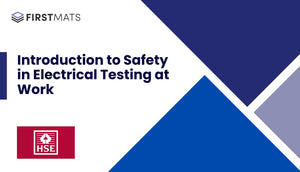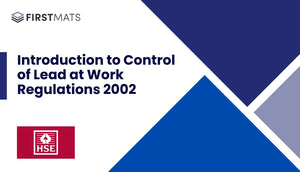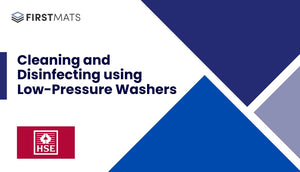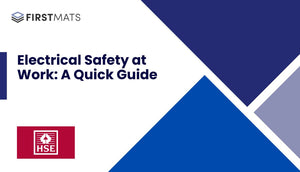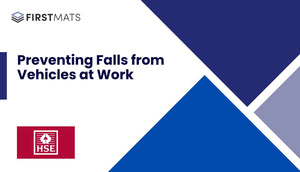Article Index:
Introduction
This article is a simple, easy-to-understand guide based on the Health and Safety Executive (HSE) document titled "Protecting lone workers: How to manage the risks of working alone" (Document INDG73(rev4)). It aims to summarise the key points and provide you with the essential information you need to know about this topic. The original document can be found on the HSE's official website.
Who are Lone Workers?
Lone workers are individuals who work by themselves without close or direct supervision. They can be found in all sectors and their roles may include:
- Working alone at a fixed base (e.g., in shops, petrol stations, factories, warehouses, or leisure centres)
- Working separately from others on the same premises or outside normal working hours (e.g., security staff, cleaners, maintenance and repair staff)
- Working at home
- Working away from a fixed base (e.g., health, medical and social care workers visiting people’s homes, workers involved in construction, maintenance and repair, engineers, assessors and delivery drivers of equipment and supplies who attend construction projects, service workers, delivery drivers, agricultural and forestry workers)
- Volunteers carrying out work on their own for charities or voluntary organisations
Legalities and Safety of Lone Working
As an employer, you are responsible for the health, safety, and welfare of all your workers, including lone workers. The law requires you to assess and manage any health and safety risks before allowing people to work alone. You should provide training, supervision, monitoring, and support for lone workers.
Managing the Risks
The law requires employers to assess and control the risks in their workplaces. This includes considering potential risks and measures to control them, removing risks where possible, providing instruction, training, and supervision, and regularly reviewing risk assessments.
Environment, Equipment, and Emergencies
You must consider the environment the worker is in and the equipment they are using. Furthermore, you should also establish emergency procedures and train employees in them, ensuring they have access to adequate first aid facilities and a reliable means of communication for emergencies.
Training and Supervision
Lone workers require adequate training, especially as they often cannot ask more experienced colleagues for help. You should set limits to what can and cannot be done while working alone and ensure workers are competent and suitably trained. The level of supervision needed depends on the risks involved and the ability of the lone worker to identify and handle health and safety issues.
Responsibilities of Workers
Workers have a duty to take care of their own health and safety and that of others who may be affected by their actions at work. They must cooperate with employers and co-workers to help everyone meet their legal requirements.
Conclusion
This guide provides a quick overview of the essential points from the HSE document on managing the risks of lone working. For more detailed information, please refer to the original document or the HSE's official website.


